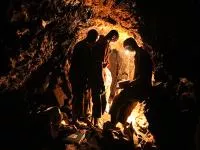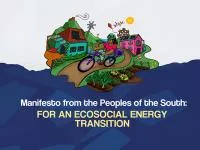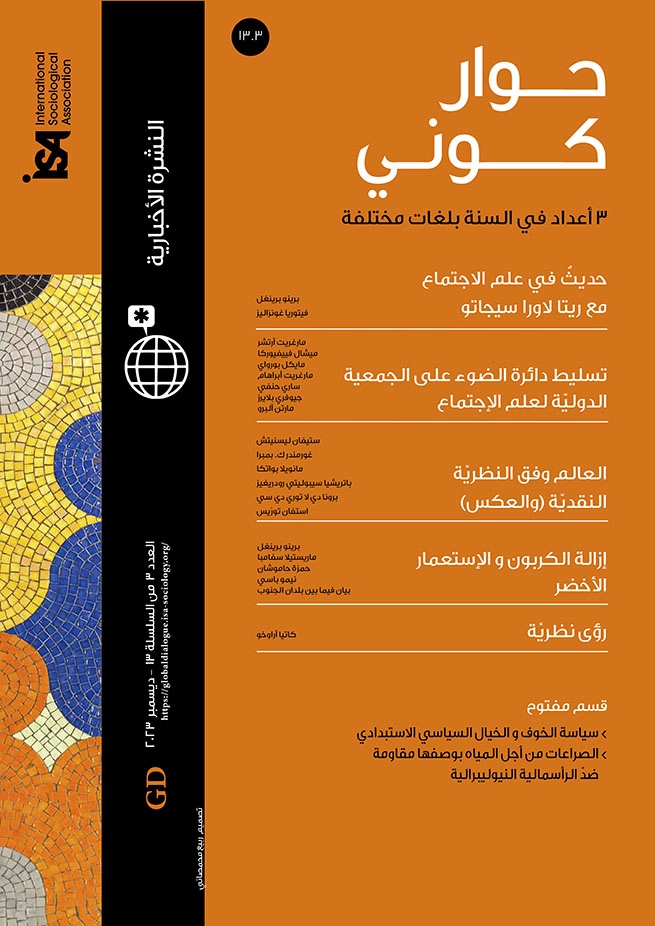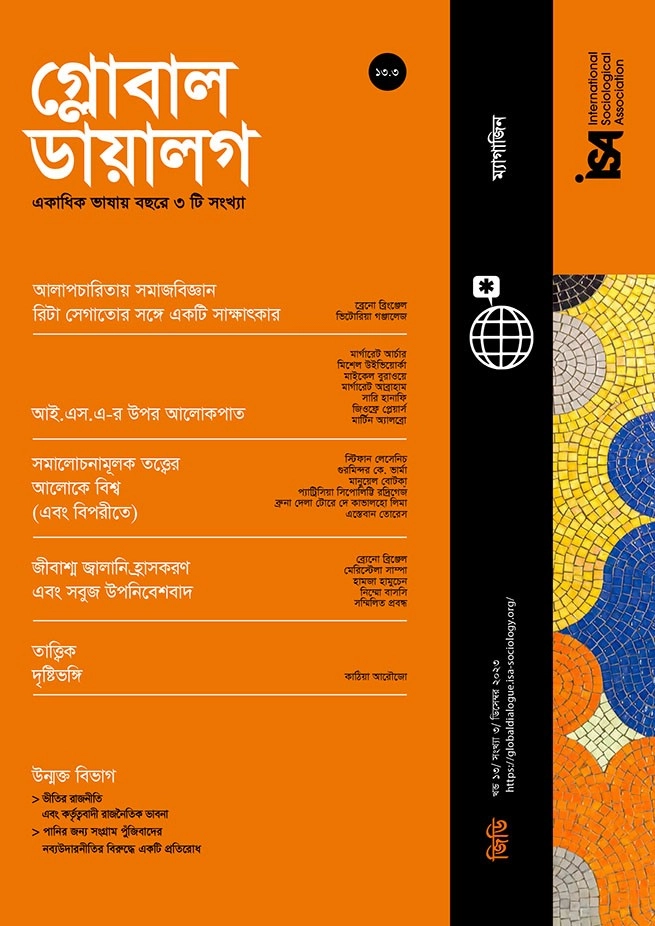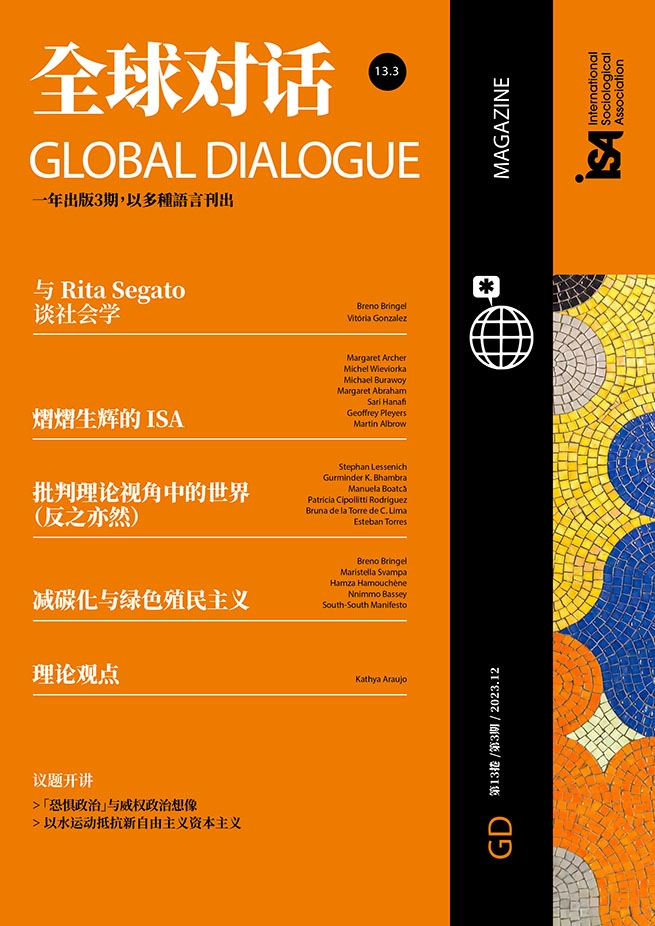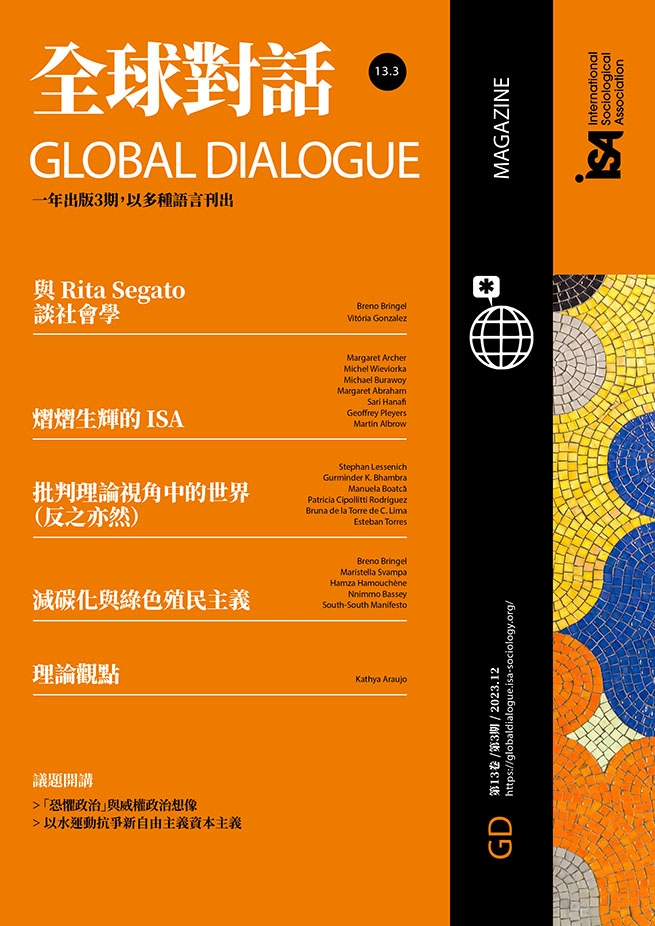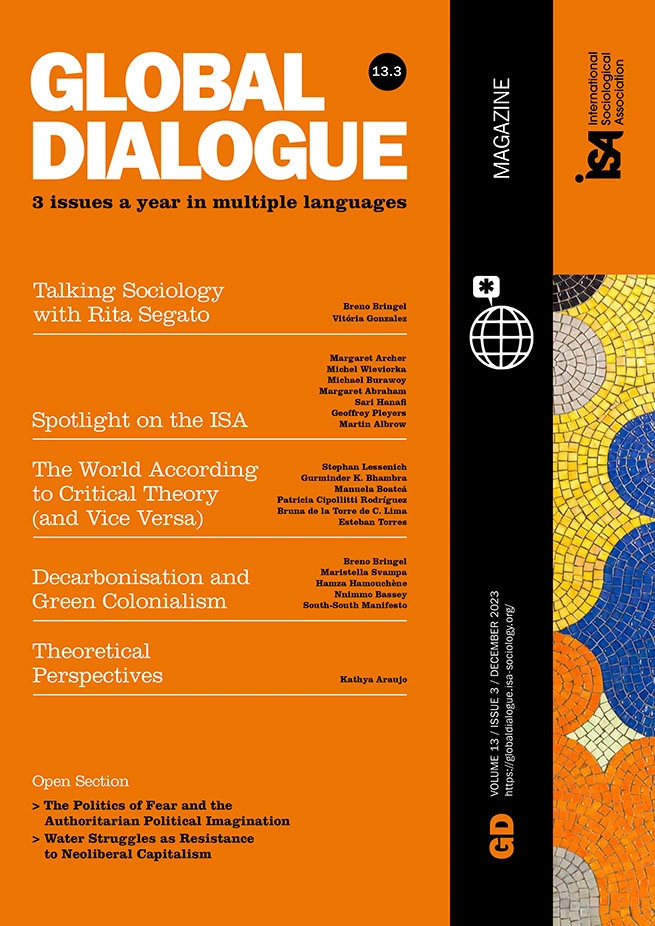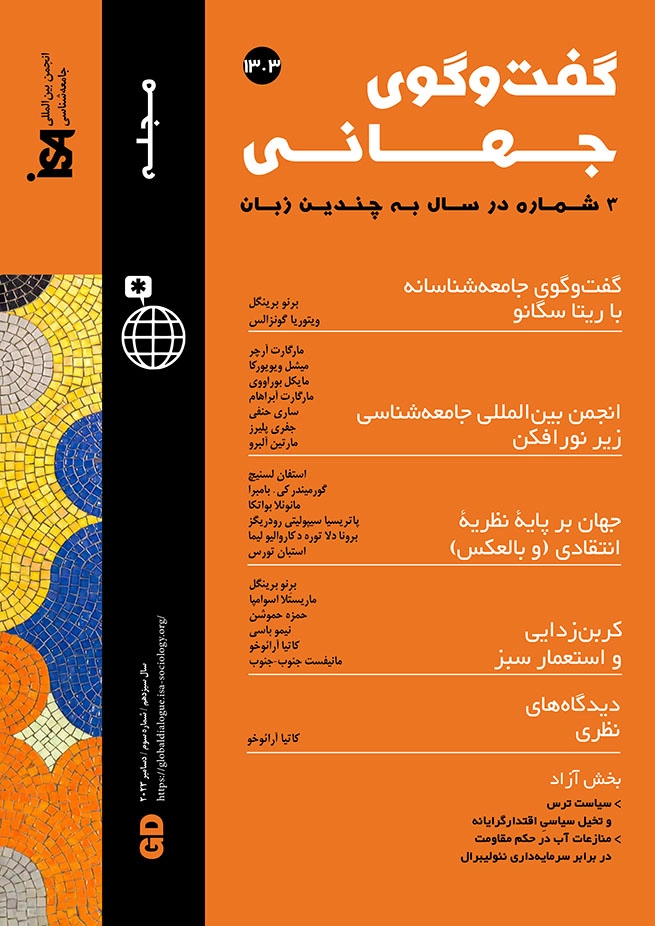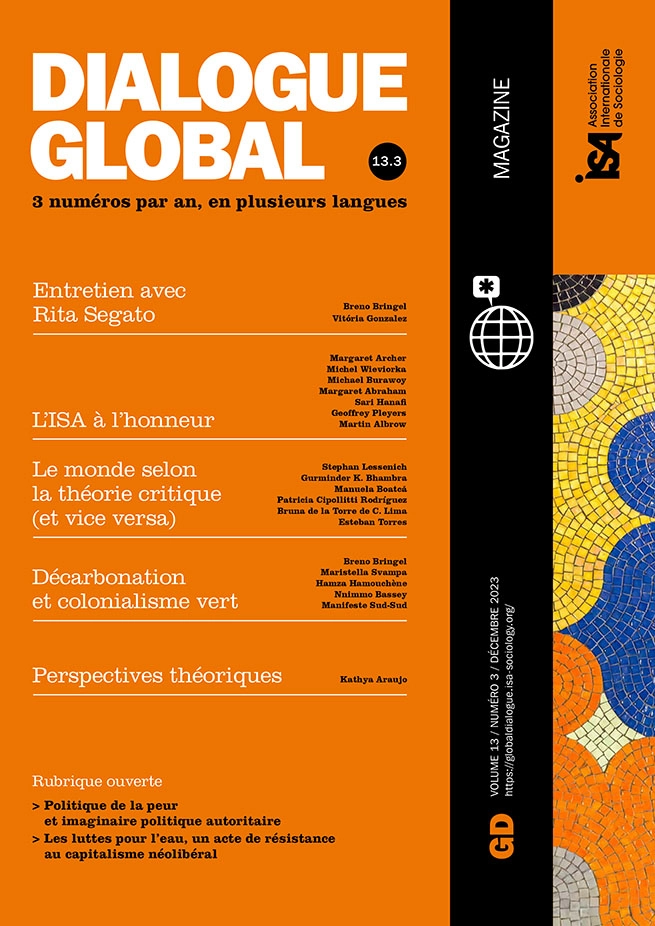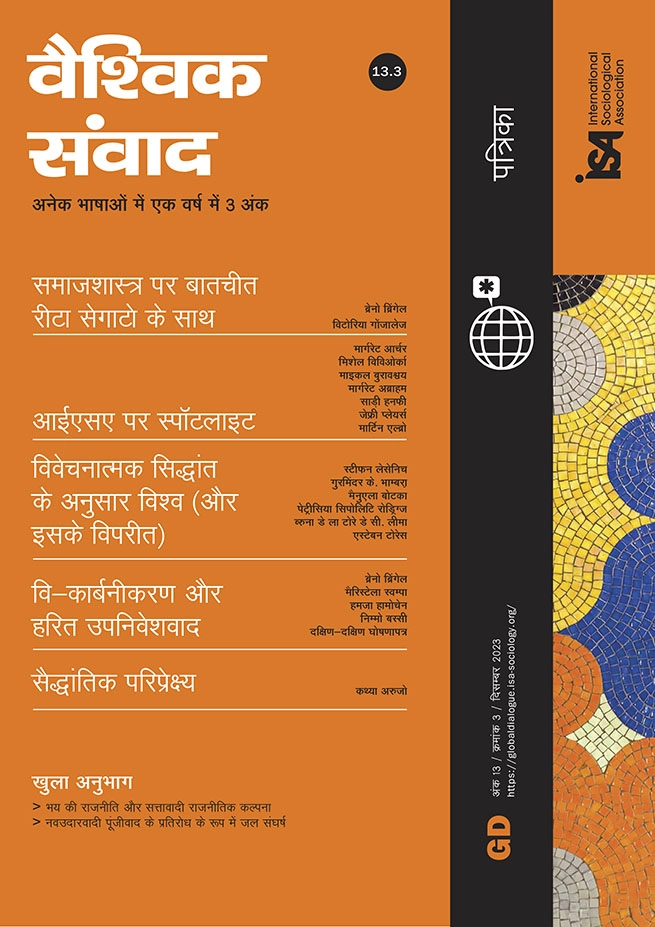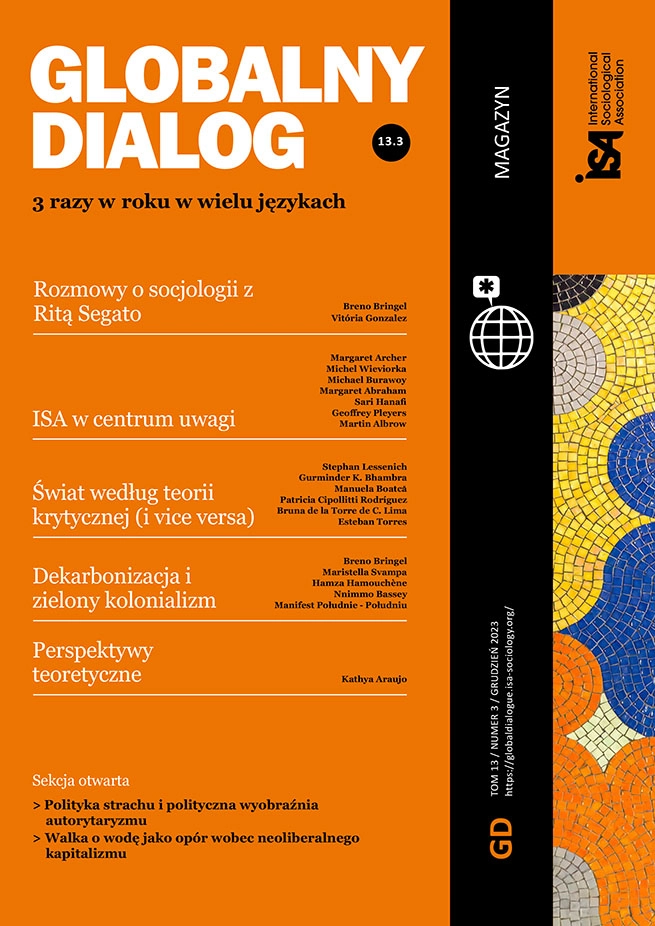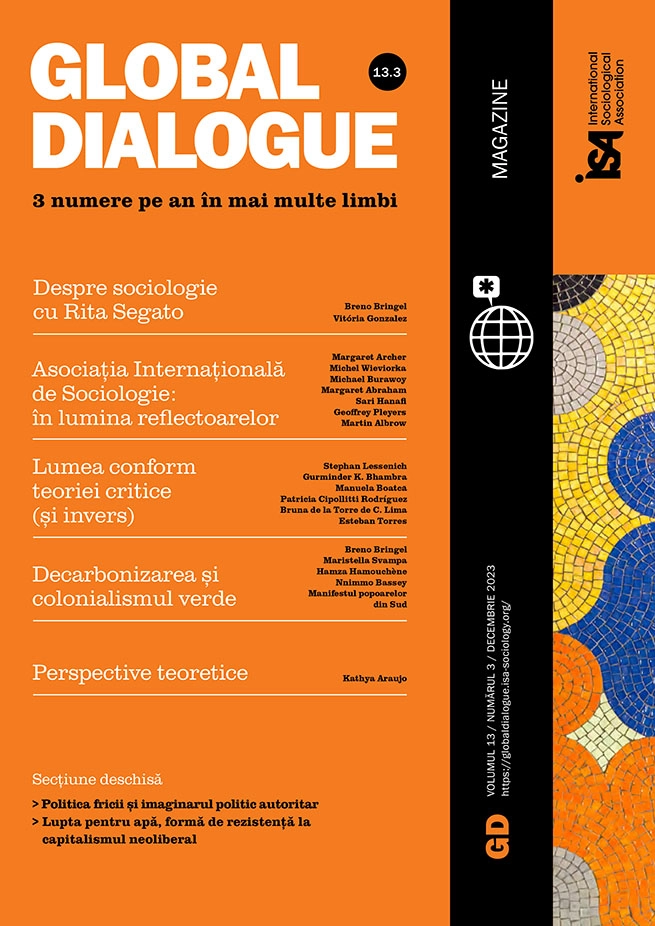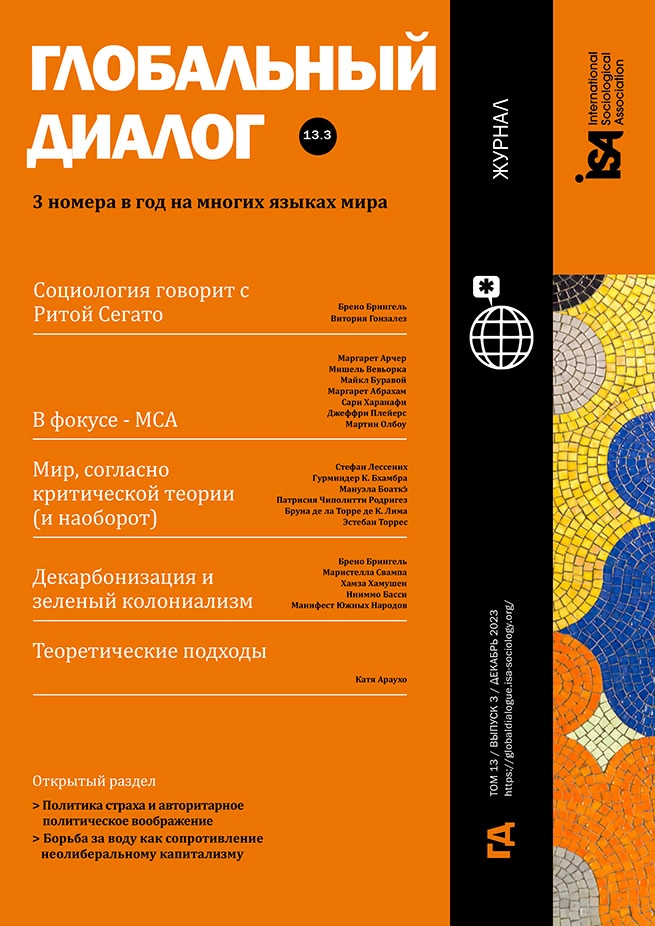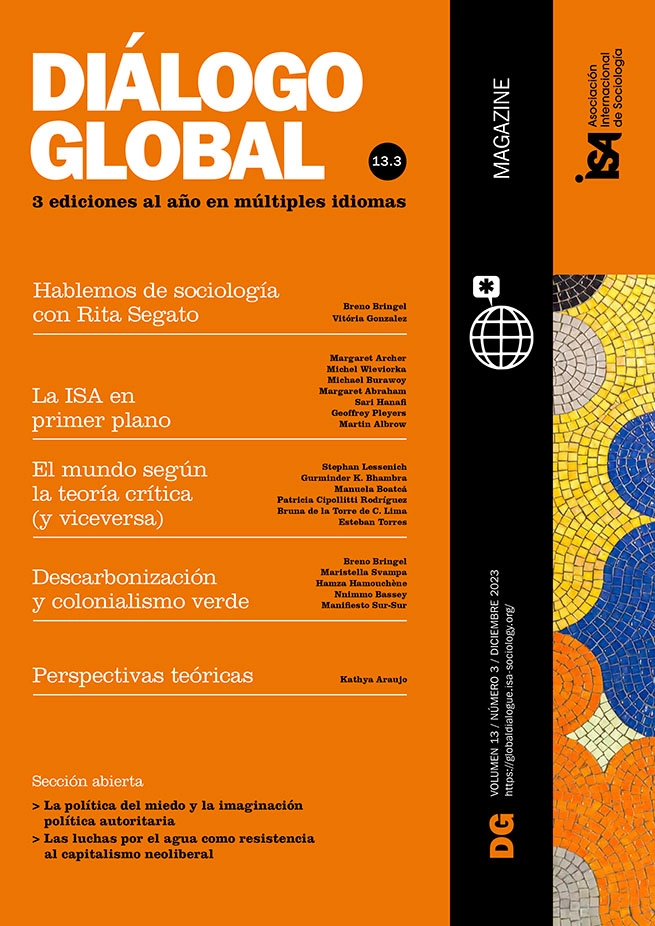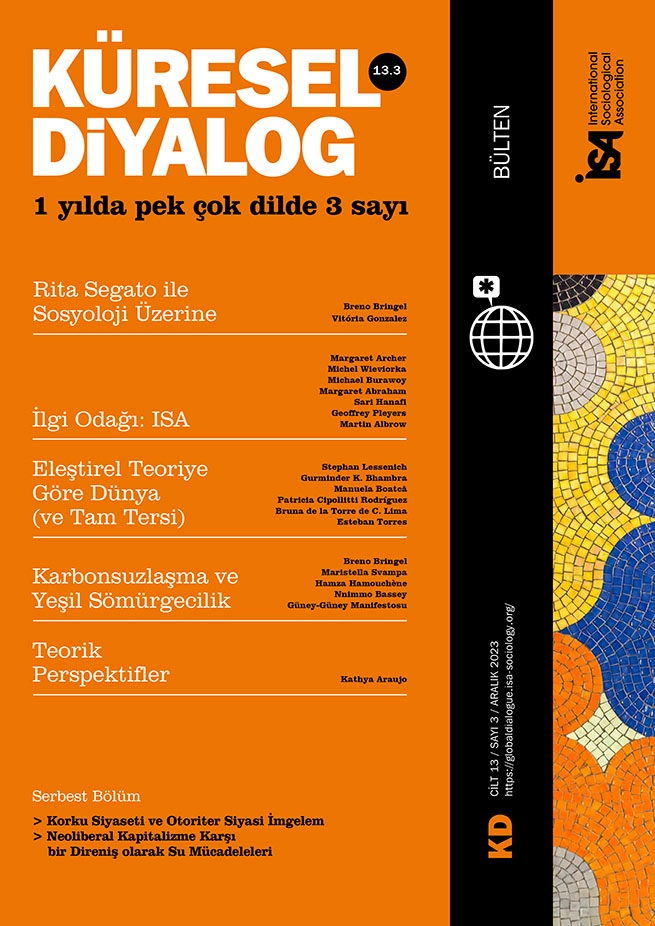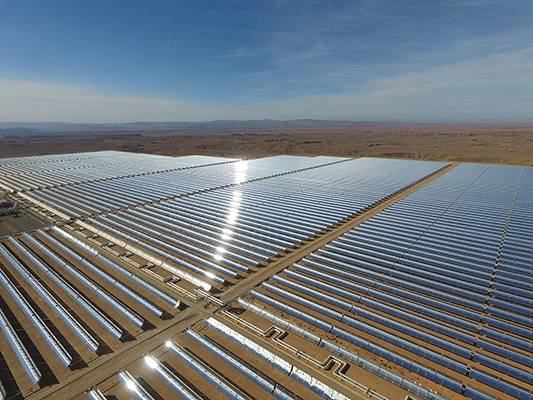Some transitions to renewable energy can be extractivist and maintain existing dispossession practices, dependencies, and hegemonies. A few examples from the North African region (particularly in Morocco) come to mind. They all show how energy colonialism is reproduced through green colonialism or green grabbing.
Morocco’s goal to increase the share of renewable energy in its energy mix to 52% by 2030, in terms of installed capacity, is laudable. However, critical assessment has to be undertaken if what really matters to us is not just any kind of transition but rather a “just transition” that benefits the impoverished and marginalised in society, instead of deepening their socio-economic exclusion.
The Ouarzazate Solar Plant was launched in 2016, just before the climate talks (COP22) held in Marrakesh. It was praised as the world’s largest solar plant, and the Moroccan monarchy was declared a champion of renewable energies. But scratching the surface a little reveals a different picture. First, the plant was installed on land (3,000 hectares) of Amazigh agro-pastoralist communities without their approval or consent; this constitutes a land grab for a supposedly green agenda (a “green grab”). Second, this mega project is controlled by private interests and has been built through contracting a massive debt of 9 billion USD from the World Bank, the European Investment Bank, and others. This debt is backed by Moroccan government guarantees, which potentially means more public debt for an already overburdened country. Third, the project is not as green as it claims to be. Using concentrated solar power (CSP) requires considerable use of water to cool and clean the panels. In a semi-arid region like Ouarzazate, diverting water from use for drinking and agriculture is just outrageous.
The “Noor Midelt” project constitutes Phase II of Morocco’s solar power plan and aims to provide more energy capacity than the Ouarzazate plant. It is a hybrid CSP and photovoltaic (PV) power plant. With 800 MW planned for its first phase, it will be one of the world’s most significant solar projects that combine CSP and PV technologies. In May 2019, a consortium of EDF Renewables (France), Masdar (UAE), and Green of Africa (Moroccan conglomerate) became the successful bidder and was selected to construct and operate the facility in partnership with the Moroccan Agency for Solar Energy (MASEN) for 25 years. The project has contracted more than 2 billion USD in debts from the World Bank, the African Development Bank, the European Investment Bank, the French Development Agency, and KfW.
The project started in 2019, while commissioning is expected in 2024. The Noor Midelt solar complex will be developed on a 4,141-hectare site on the Haute Moulouya Plateau in central Morocco, approximately 20 kilometres northeast of the town of Midelt. A total of 2,714 hectares was managed as communal/collective land by the three ethnic agrarian communities of Ait Oufella, Ait Rahou Ouali, and Ait Massoud Ouali. At the same time, approximately 1,427 hectares was declared forest land and managed by the communities. However, the land has been confiscated from its owners under national laws and regulations allowing expropriation to serve the public interest. The administrative court decision in January 2017 granted the expropriation in favour of MASEN, and the court decision was publicly disclosed in March 2017.
A colonial environmental narrative
Reminiscent of an ongoing colonial environmental narrative that labels the lands to be expropriated as marginal and underutilised, and therefore available for investing in green energy, the World Bank, in a study conducted in 2018, stressed that “the sandy and arid terrain allows only for small scrubs to grow, and the land is unsuitable for agricultural development due to lack of water”. This narrative was also used when promoting the Ouarzazate plant in the early 2010s. One person back then stated:
“The project people talk about this as a desert that is not used, but to the people here, it is not a desert, it is a pasture. It is their territory, and their future is in the land. When you take my land, you take my oxygen.”
The World Bank report does not stop there but asserts that “the land acquisition for the project will have no impacts on the livelihood of local communities”. However, the transhumant pastoralist tribe of Sidi Ayad, who have been using the land to graze animals for centuries, beg to differ. Hassan El Ghazi, a young shepherd, declared in 2019 to an activist from ATTAC Morocco:
“Our profession is pastoralism, and now this project has occupied our land where we graze our sheep. They do not employ us in the project, but they employ foreigners. The land in which we live has been occupied. They are destroying the houses that we build. We are oppressed, and the Sidi Ayad region is being oppressed. Its children are oppressed, and their rights and the rights of our ancestors have been lost. We are ‘illiterates’ who do not know how to read and write… The children you see did not go to school… Roads and paths are cut off… In the end, we are invisible and we do not exist for them. We demand that officials pay attention to our situation and our regions. We do not exist with such policies, and it is better to die, it is better to die!”
Protests and resistance
In this context of dispossession, misery, underdevelopment and social injustice, the people of Sidi Ayad have been voicing their discontent since 2017 through several protests. In February 2019, they carried out an open sit-in, leading to the arrest of Said Oba Mimoun, a member of the Union of Small Farmers and Forest Workers, who was sentenced to twelve months in jail.
Mostepha Abou Kbir, another trade unionist who has been supporting the struggle of the Sidi Ayad tribe, described how the land was enclosed without the approval of the local communities who have been enduring decades of socio-economic exclusion. It has been fenced in, and no one is allowed to approach. He contrasts the mega-development projects of the Moroccan state with the inexistent basic infrastructure in Sidi Ayad. Moreover, he points to another dimension of the enclosure and resource grab: the decimation of water resources in the Drâa-Tafilalet region for the sake of these enormous projects (the Midelt solar plant will be fed from the nearby Hassan II dam) that local communities complain they do not benefit from. In this challenging context in which small herd owners are being driven out while wealth is concentrated in a few hands, along with the commoditisation of the livestock market and chronic droughts, the Midelt solar project stands to exacerbate the threat to the livelihoods of these pastoralist communities and worsen their marginalisation.
Not only have Sidi Ayad communities been voicing concerns about this project. Some women from the Soulaliyate movement have also been demanding their right to access land in the Drâa-Tafilalet region and demanded appropriate compensation for their ancestral land on which the solar plant has been built. “Soulaliyate women” refers to tribal women in Morocco who live on collective land. The Soulaliyate women’s movement began in the early 2000s and arose in response to the intense commodification and privatisation of communal lands. Tribal women demanded equal rights and shares when their land was privatised or divided. Despite intimidation, arrests, and even sieges by public authorities, the movement has spread nationwide and women from different regions have rallied behind the banner of equality and justice.
Despite all these concerns and injustices, the project is going ahead, protected by the monarchy, its repressive regime, and its propaganda tools. The logic of externalising socio-ecological costs and displacing them through space and time, characteristic of the extractivist drive of capitalism, has no end.
Green colonialism and occupation in Western Sahara
While some of the projects in Morocco, like the Ouarzazate Solar Plant and Noor Midelt, qualify as ‘green grabbing’, the appropriation of land and resources for purportedly environmental ends, similar renewable (solar and wind) projects taking place in Western Sahara’s occupied territories can aptly be labelled “green colonialism” as they are carried out despite the Saharawis and on their occupied land.
Green colonialism can be defined as the extension of the colonial relations of plunder and dispossession (as well as the dehumanisation of the other) to the green era of renewable energies, with the accompanying displacement of socio-environmental costs to peripheral countries and communities. The same system is in place, but with a different energy source, moving from fossil fuels to green energy. The same global energy-intensive production and consumption patterns are maintained, and the same political, economic, and social structures that generate inequality, impoverishment, and dispossession remain untouched.
At present, there are three operational wind farms in occupied Western Sahara. A fourth is under construction in Boujdour, while several are still at the planning stage. Combined, these wind farms will have a capacity of over 1000 MW. These wind farms are part of the portfolio of Nareva, the wind energy company that belongs to the Moroccan royal family’s holding company. Some 95% of the energy that the Moroccan state-owned phosphate company OCP needs to exploit Western Sahara’s non-renewable phosphate reserves in Bou Craa is generated by windmills. A total of 22 Siemens wind turbines generate renewable energy at the 50 MW Foum el Oued farm, which has been operational since 2013.
In November 2016, at the time of the UN Climate Talks COP22, Saudi-Arabia’s ACWA Power signed an agreement with MASEN to develop and operate a complex of three photovoltaic (PV) solar power stations, totalling 170 MW. Two of these power stations (operational today), totalling 100 MW, are, however, not located in Morocco, but inside the occupied territory (El Aaiún and Boujdour). Plans have also been made for a third solar plant at El Argoub, near Dakhla. These renewable projects are being used to entrench the occupation by deepening Morocco’s ties to the occupied territories, with the complicity of foreign capital and companies.
In such a context, it is fundamentally important to scratch beneath the surface of the language of “cleanliness”, “shininess”, and “carbon emission cuts” and to observe and scrutinise the materiality of the transition towards renewable energy. What seems to unite all these projects and the hype around them is a deeply erroneous assumption that any move toward renewable energy is to be welcomed and that any shift from fossil fuels, regardless of how it is carried out, is worthwhile. We need to say it clearly: the climate crisis we are currently facing is not attributable to fossil fuels per se but rather to their unsustainable and destructive use to fuel the capitalist machine. So, a green and just transition must fundamentally transform and decolonise our global economic system, which is not fit for purpose at the social, ecological, or even biological level.
Hamza Hamouchène, Transnational Institute and Algeria Solidarity Campaign, Algeria <hamza.hamouchene@gmail.com> / Twitter: @BenToumert

